The sheer granite walls of Yosemite National Park have drawn rock climbers from around the world for nearly a century. These towering cliffs, some stretching thousands of feet into the sky, tell countless stories of human determination, breakthrough achievements, and the endless pursuit of what’s possible in the vertical world.
These routes aren’t just paths up a rock face – they’re chapters in climbing history. Each one has shaped how people think about what’s possible on steep stones.
The Dawn Wall
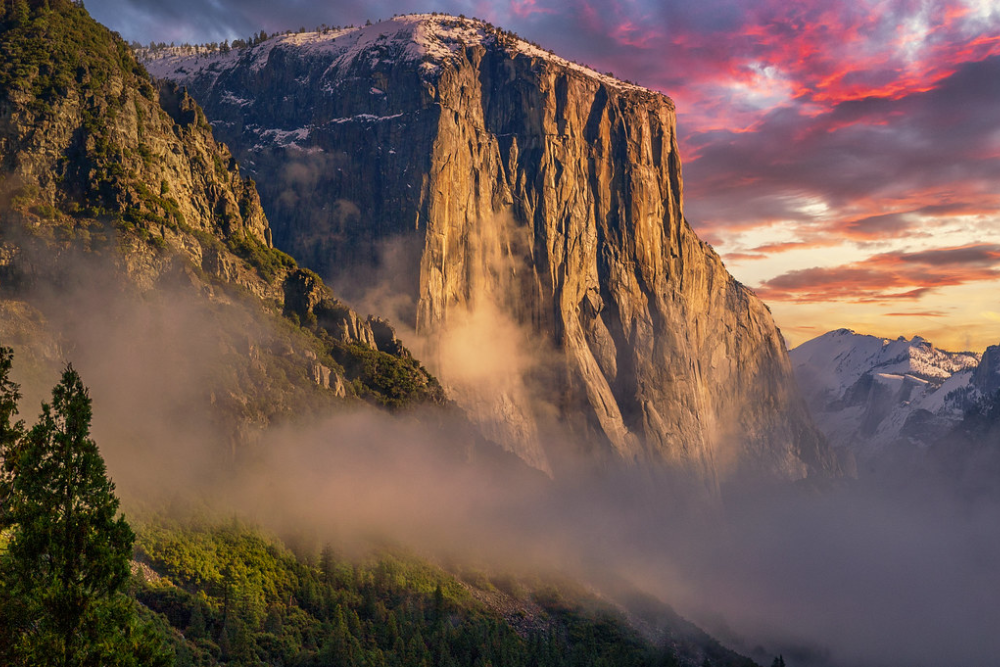
This smooth section of El Capitan stayed untouched for years because everyone thought it was too blank to climb. The route follows tiny cracks and barely-there holds for over 3,000 feet of vertical rock.
Tommy Caldwell and Kevin Jorgeson spent seven years figuring out how to link all the moves together. Their successful climb in 2015 took 19 days and showed the world what dedication can achieve.
The Nose
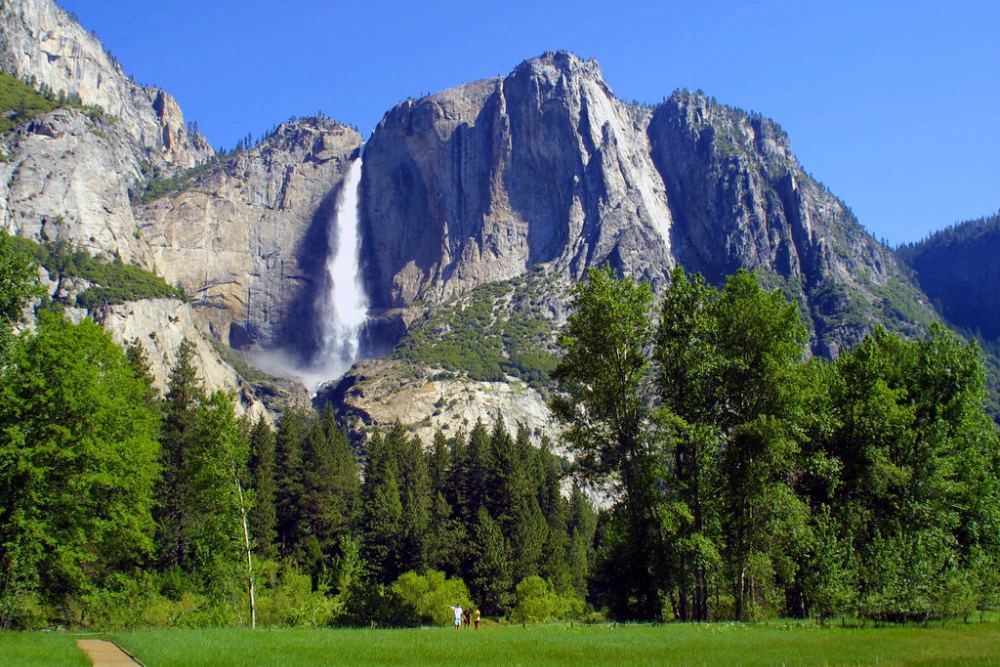
The most famous rock climb in the world splits El Capitan right down the middle like a giant lightning bolt. Warren Harding first climbed it in 1958, spending 47 days working his way up using ropes and metal spikes.
Now, climbers come from every country to test themselves on its long stretches of perfect crack climbing. Most teams spend three to five days on the wall, carrying food and water and sleeping on small platforms hanging from the rock.
Like Travel Pug’s content? Follow us on MSN.
Half Dome Regular Route
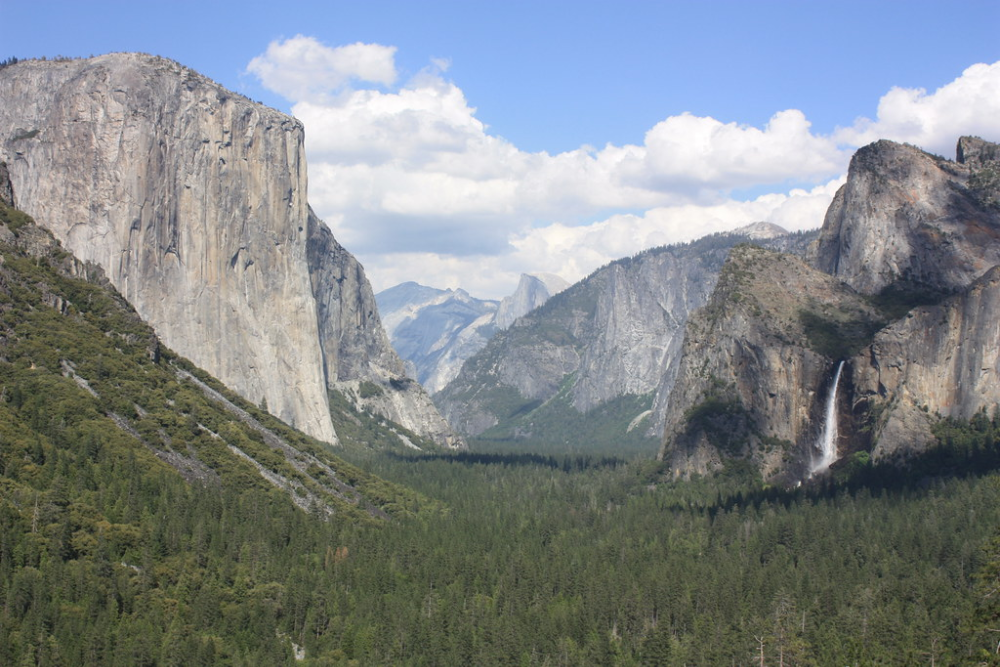
Looking at Half Dome from the valley floor, most people can’t even spot where the climbing route goes. The first team to climb it in 1957 solved a giant puzzle, finding a way up through natural cracks and corners.
Today, the route still feels just as adventurous as it did back then. The summit view, looking down at the curved face of Half Dome dropping away beneath your feet, makes every hard move worth it.
Separate Reality
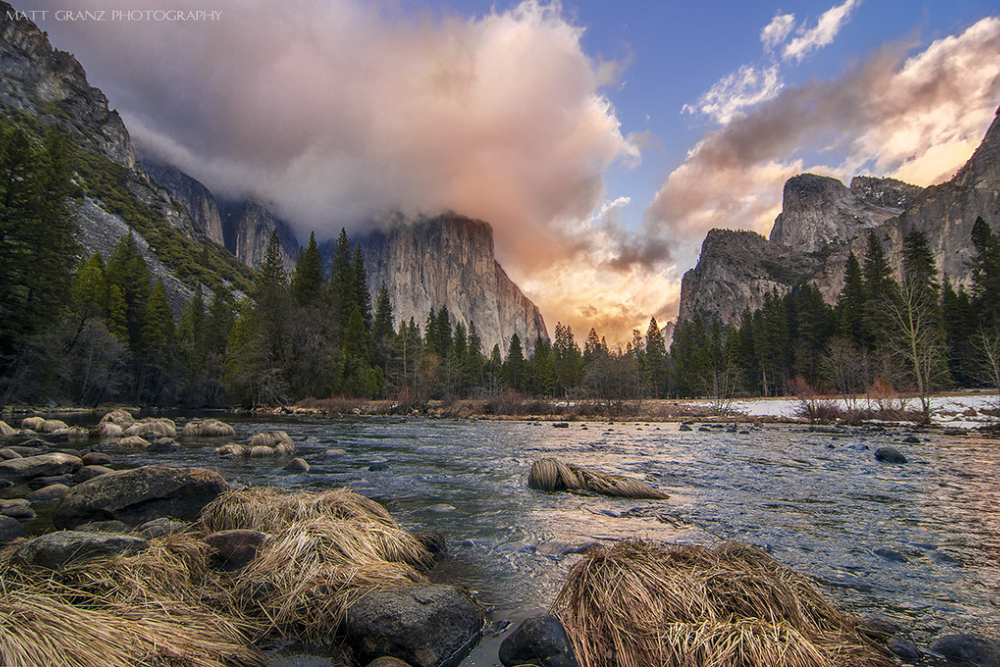
Hidden under an overhang high above the valley floor, this route features one of the most photographed moves in climbing. The main challenge is a perfect crack that splits across the underside of a roof, forcing climbers to hang completely upside down to make it across.
Ron Kauk first climbed it in 1977, showing that even the most unlikely features could be climbed with enough skill and creativity. Photos of people hanging upside down here have inspired generations of climbers to push their limits.
Astroman
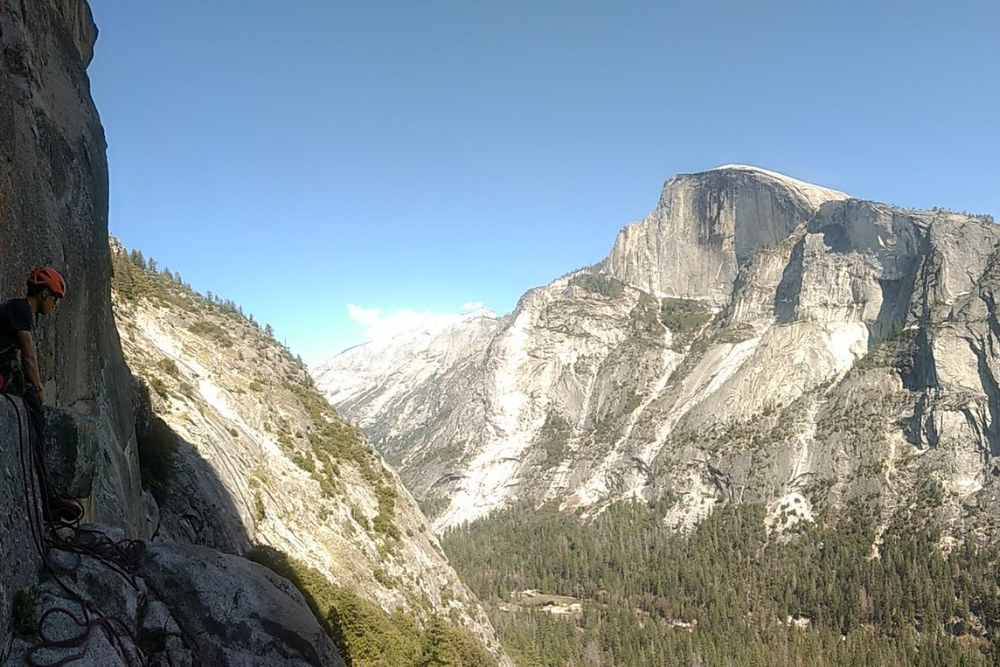
This route on Washington Column packs more memorable climbing into a shorter height than most Yosemite climbs. Each section presents a different challenge – finger cracks, chimneys, face climbing, and delicate balance moves.
The orange and white granite seems purpose-built for climbing, with perfect holds exactly where you need them. Most parties spend a full day on the route, watching their shadows grow longer on the valley floor below.
Like Travel Pug’s content? Follow us on MSN.
Lost Arrow Spire
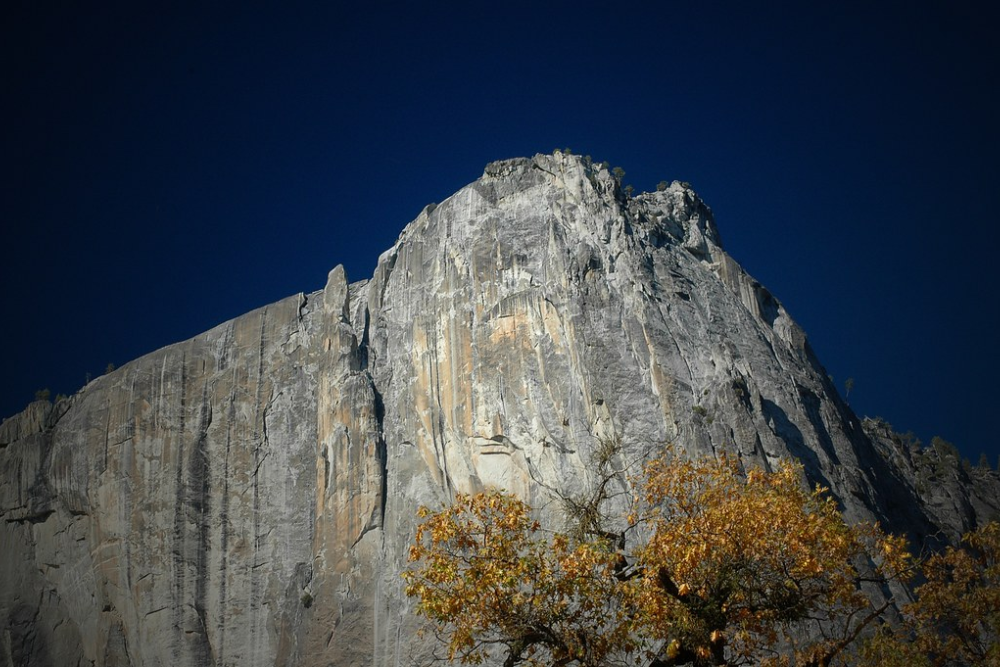
Standing separate from the main cliff, this thin rock needle points straight up into the Yosemite sky. Getting to the top involves crossing through space on a rope, making it one of the most exposed positions in all of climbing.
The summit is barely big enough for two people to stand on. The first ascent team in 1946 showed incredible bravery, climbing it with much simpler gear than we have today.
Midnight Lightning
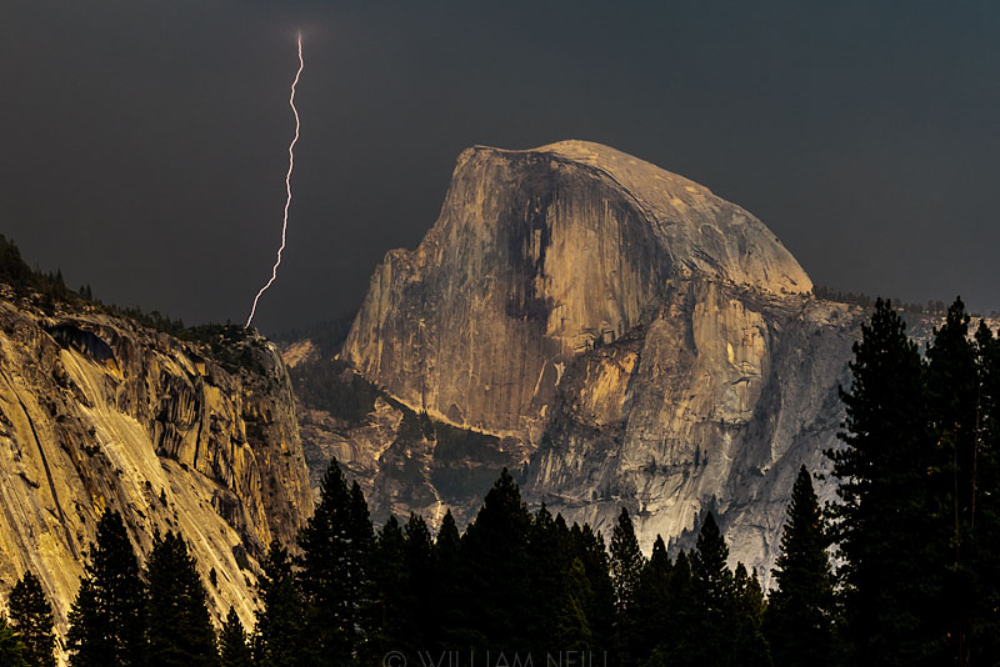
This boulder problem in Camp 4 is marked by its famous lightning bolt drawn in chalk, renewed by climbers year after year. Though only about 15 feet tall, its difficult moves have challenged the world’s best climbers since Ron Kauk first climbed it in 1978.
The problem requires incredible finger strength and precise body positioning to reach the small holds on the overhanging face. Its location right in the center of the climbers’ campground has made it a gathering spot for generations of Yosemite visitors.
Royal Arches
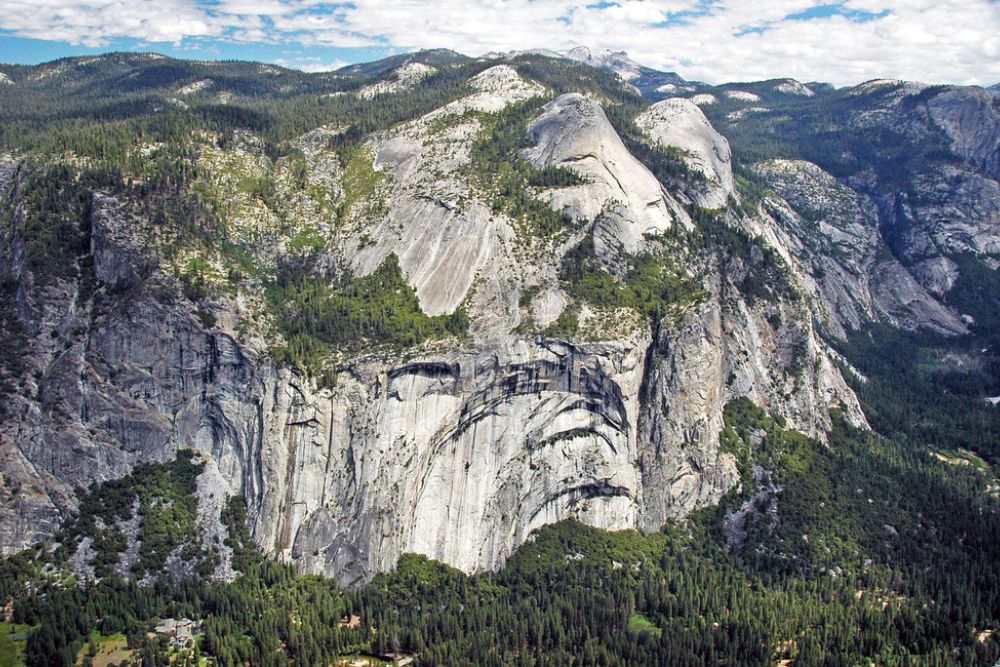
This natural line follows an amazing series of horizontal arches that sweep across the granite wall like waves. Early climbers spotted this weakness in the wall from the valley floor and found it offered a logical path upward.
The route teaches new climbers about route finding, showing how to spot natural features that allow passage up seemingly blank walls. After hundreds of feet of climbing, the view of Half Dome from the top gives a perspective few others get to see.
Like Travel Pug’s content? Follow us on MSN.
Reed’s Direct
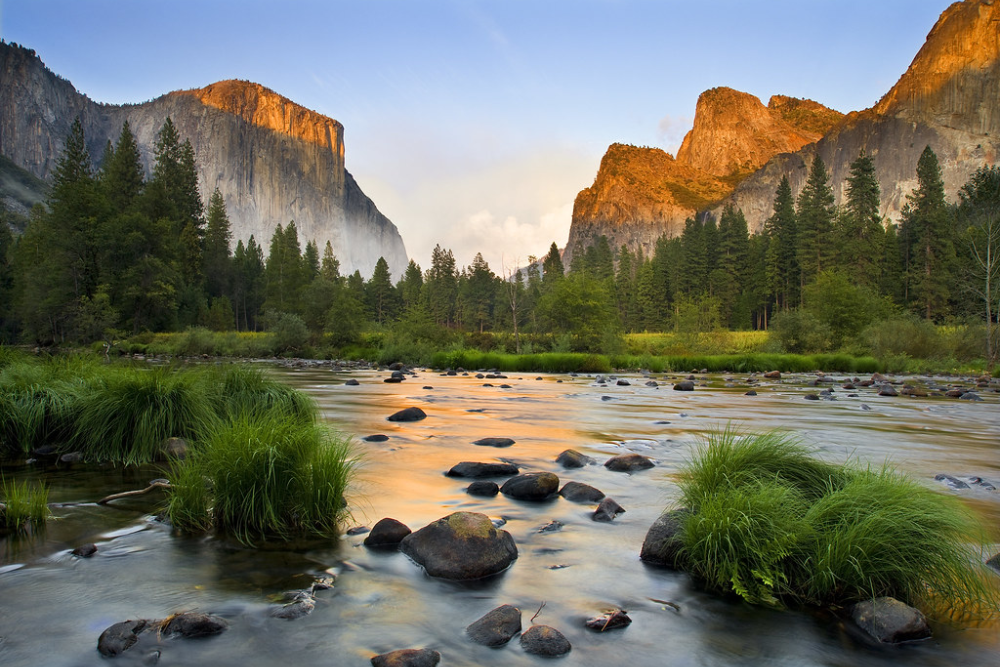
Located high on Half Dome’s face, this route tackles some of the steepest, blankest rocks in Yosemite. The climbing involves trusting extremely small holds and requires complete focus for hours at a time.
When first climbed in 1976, it pushed the limits of what people thought possible on such blank rock. The route proved that with enough determination, even the most intimidating walls could be climbed.
Snake Dike
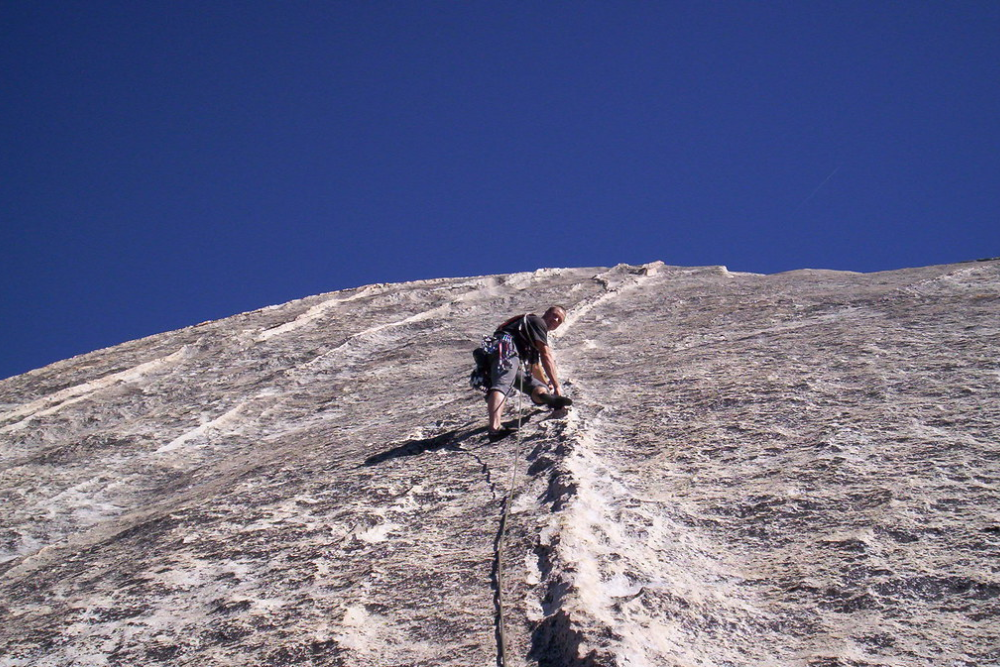
Following a line of knobs that stick out from Half Dome’s backside, this route offers easier climbing than most Yosemite classics. The exposed position makes up for the easier moves, giving climbers an unforgettable experience of space and height.
Most parties can complete the route in a day, making it a popular goal for newer climbers. The walk of the summit lets climbers experience the famous Half Dome cables route used by hikers.
East Buttress of El Cap

While not as long as other El Cap routes, this one still gives climbers a true big wall experience. The climbing follows natural features that connect like puzzle pieces up the golden granite.
Looking across the main face of El Capitan from this route gives a unique perspective on just how massive the wall really is. Many climbers use this route as their first taste of El Cap’s impressive scale.
Like Travel Pug’s content? Follow us on MSN.
Central Pillar of Frenzy
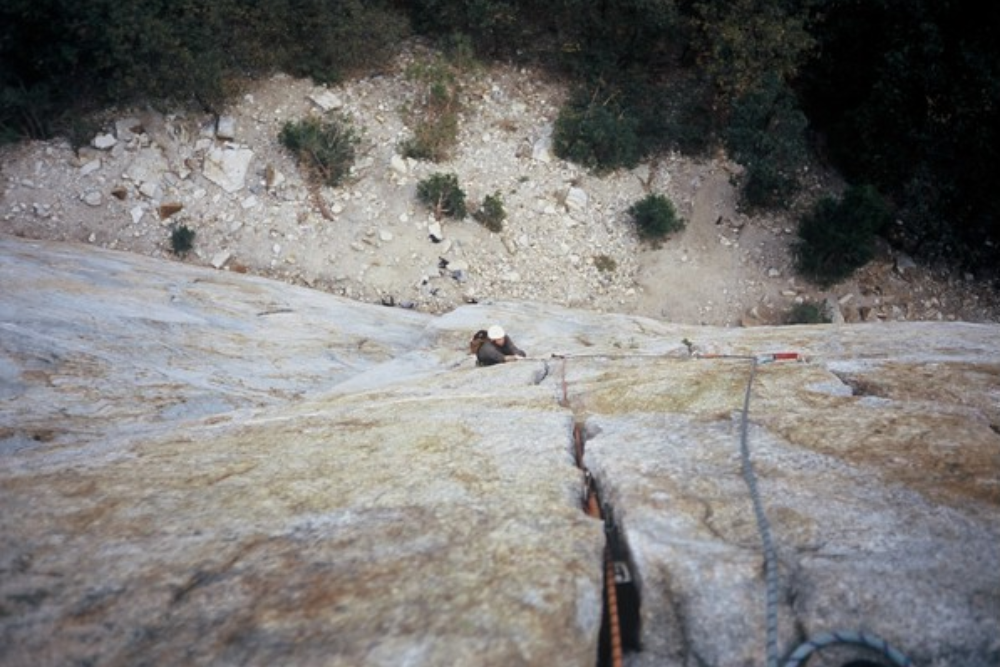
Found on Middle Cathedral Rock, this route is known for having some of the highest-quality climbing moves in the valley. Each pitch flows naturally into the next as if someone designed it specifically for climbing.
The position on the wall gives climbers a perfect view of El Capitan across the valley. The shade of the wall makes it a perfect escape during hot summer afternoons.
Rostrum North Face
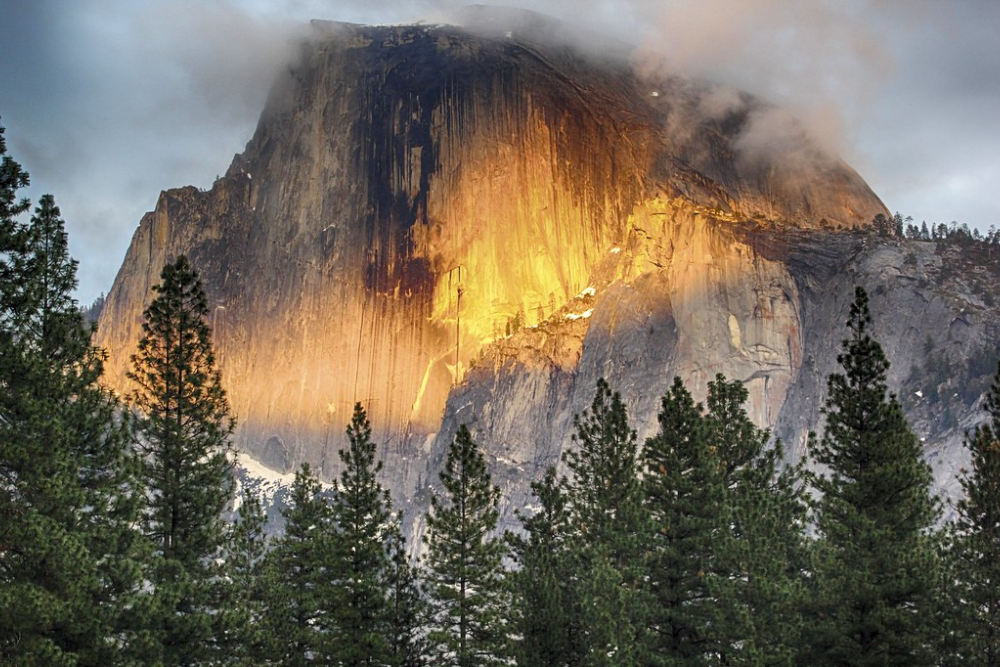
This dark corner of rock holds some of the cleanest crack climbing anywhere in the world. The route stays cool in the shade, making it a welcome escape on warm days.
Each section of climbing feels more memorable than the last, with perfect hand and finger cracks splitting the dark rock. The final moves to the summit give climbers a unique view of the valley that most tourists never see.
Higher Cathedral Spire
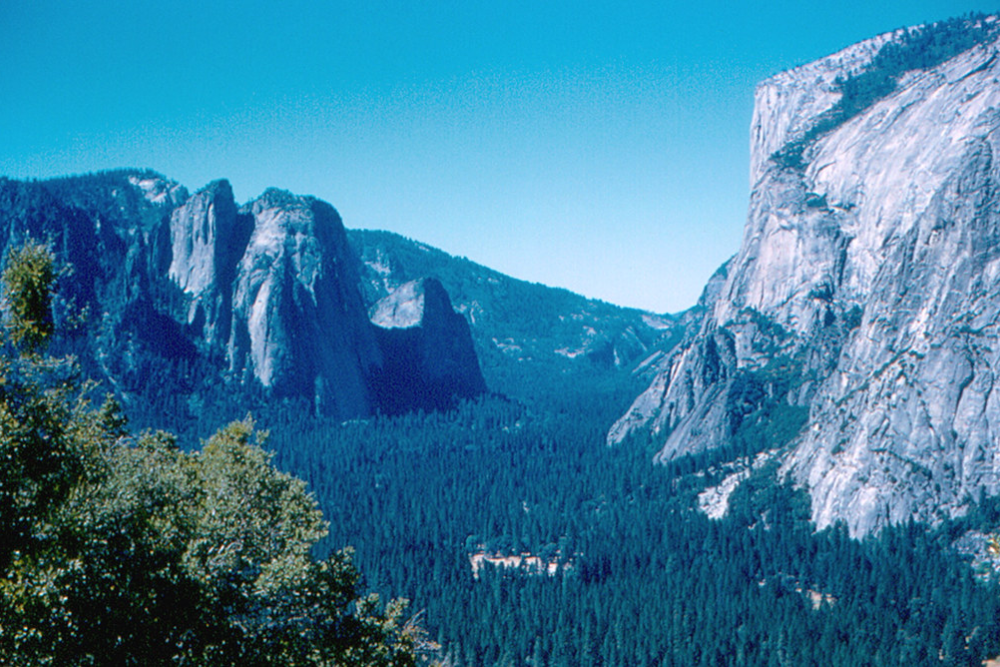
This pointed top of rock stands like a castle tower above the valley floor. The first technical climbing in Yosemite happened here in the 1930s, making it a historic piece of climbing history.
Reaching the tiny summit still feels like a big adventure today. The small platform on top barely fits a few people, making it one of the most exposed summit positions in the park.
Like Travel Pug’s content? Follow us on MSN.
Generator Crack

This single crack in Camp 4 has taught countless climbers the art of wide crack climbing. The smooth walls on either side of the crack make it impossible to avoid learning proper technique.
Climbers often spend hours here practicing the specific movements needed for Yosemite’s bigger routes. Its location right in the campground means it’s witnessed decades of climbing history and progression.
Serenity Crack
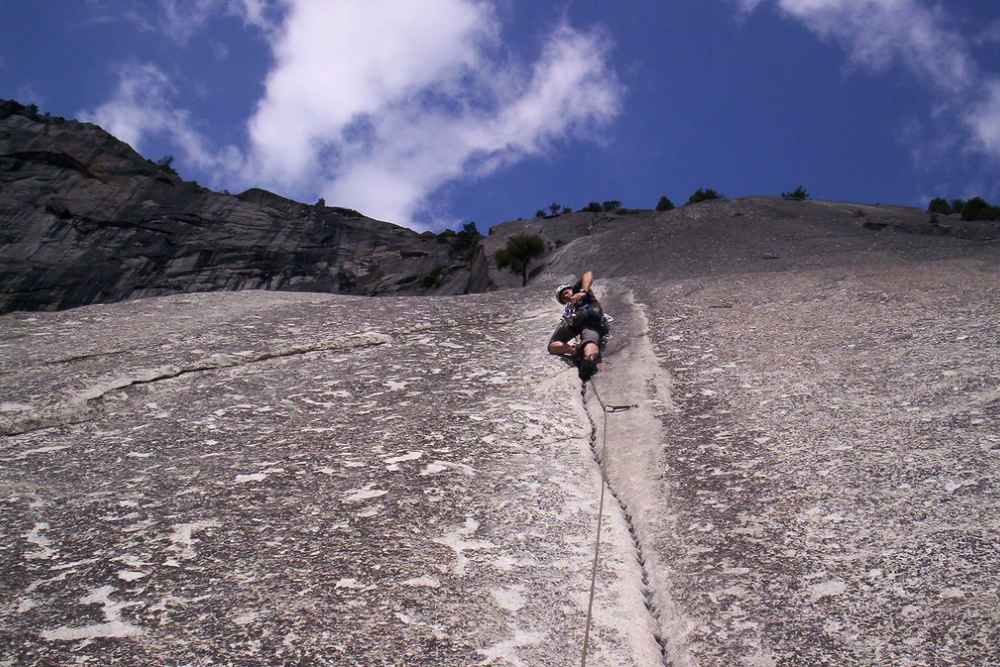
The name perfectly describes the feeling of climbing this route – it’s pure joy on perfect granite. The crack splitting the golden wall accepts hands and fingers perfectly for hundreds of feet.
Climbers from around the world come to test themselves on this benchmark route. The position high above the valley floor adds to the memorable experience.
Salathe Wall
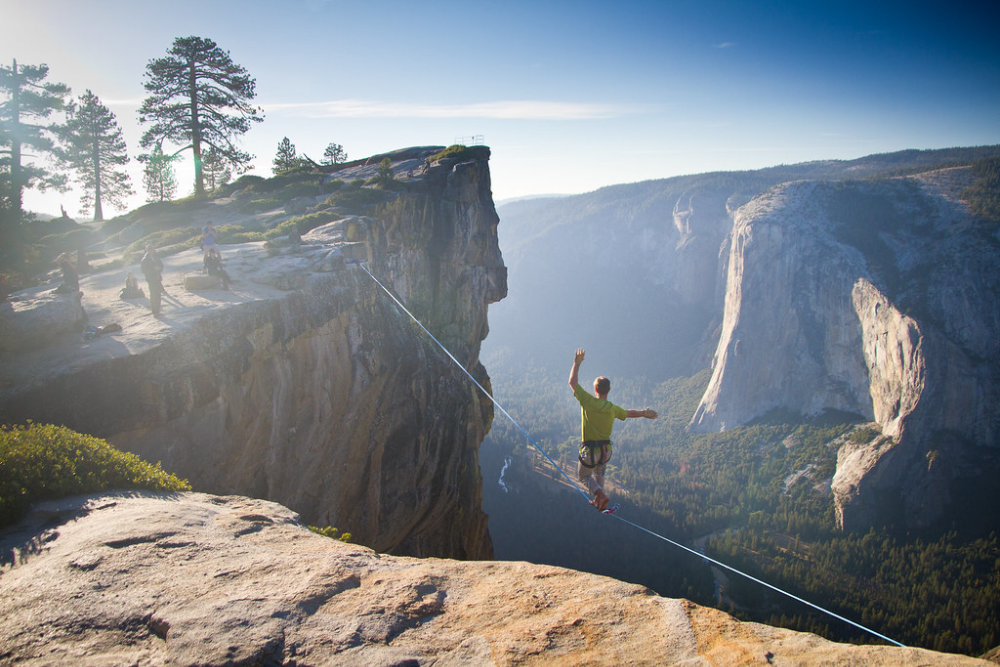
This natural lineup El Capitan follows cracks and corners for over 3,000 feet of climbing. The route finding is so logical it seems like the wall split apart just to create this path to the top.
Most teams spend three to four days on the wall, watching the sunset and sunrise from their portable ledges. The final headwall pitches are considered some of the best climbing on El Capitan.
Like Travel Pug’s content? Follow us on MSN.
Regular Route on Fairview Dome
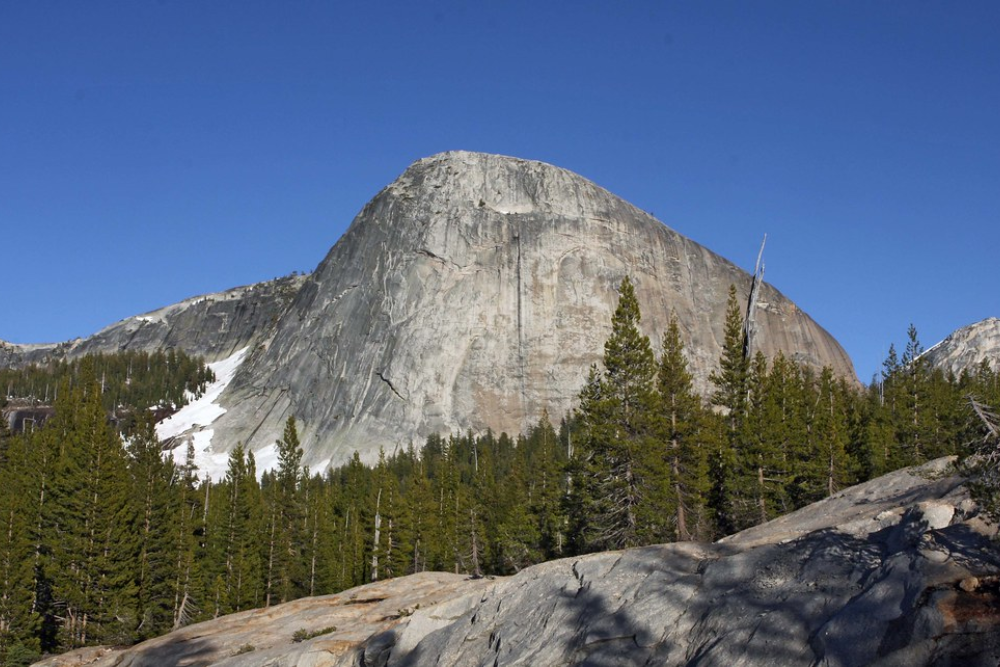
Outside the valley in Tuolumne Meadows, this dome offers a completely different style of climbing on smooth, rounded granite. The route finding challenges climbers to spot subtle weaknesses in the otherwise blank rock.
The climbing gets progressively harder as you get higher, building excitement all the way to the top. The summit views of the High Sierra make every move worthwhile.
Cathedral Peak
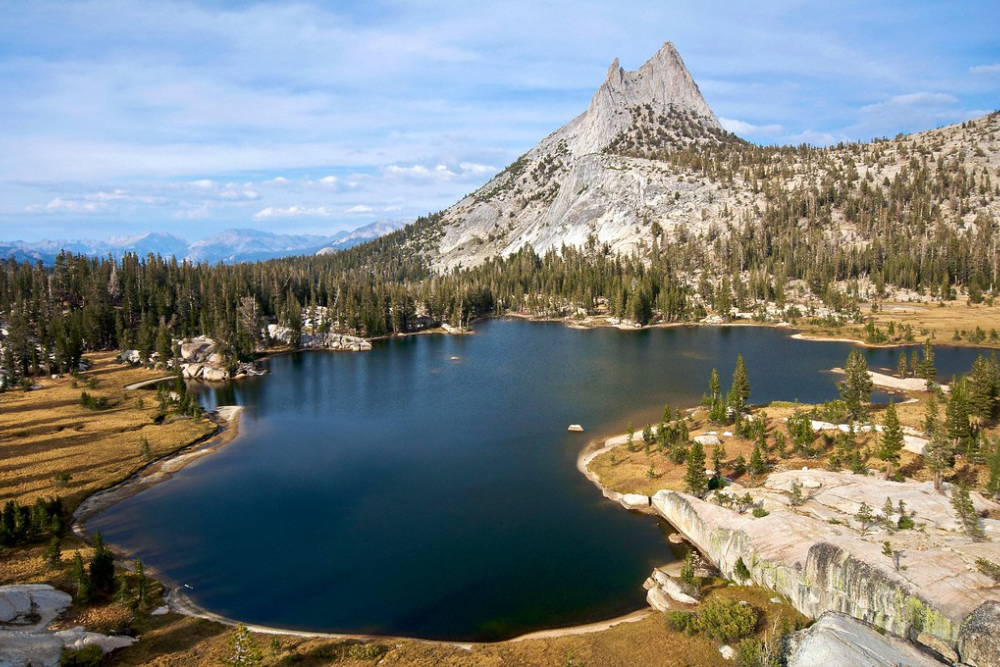
This pointed mountain stands like a cathedral spire against the high country sky. The climbing feels adventurous without being too scary, making it perfect for newer climbers wanting an alpine experience.
The ability to walk off the back after reaching the summit makes it more approachable than many Yosemite climbs. The views from the top stretch across the entire range, showing climbers why Yosemite’s high country is just as special as its valley.
Steck-Salathé
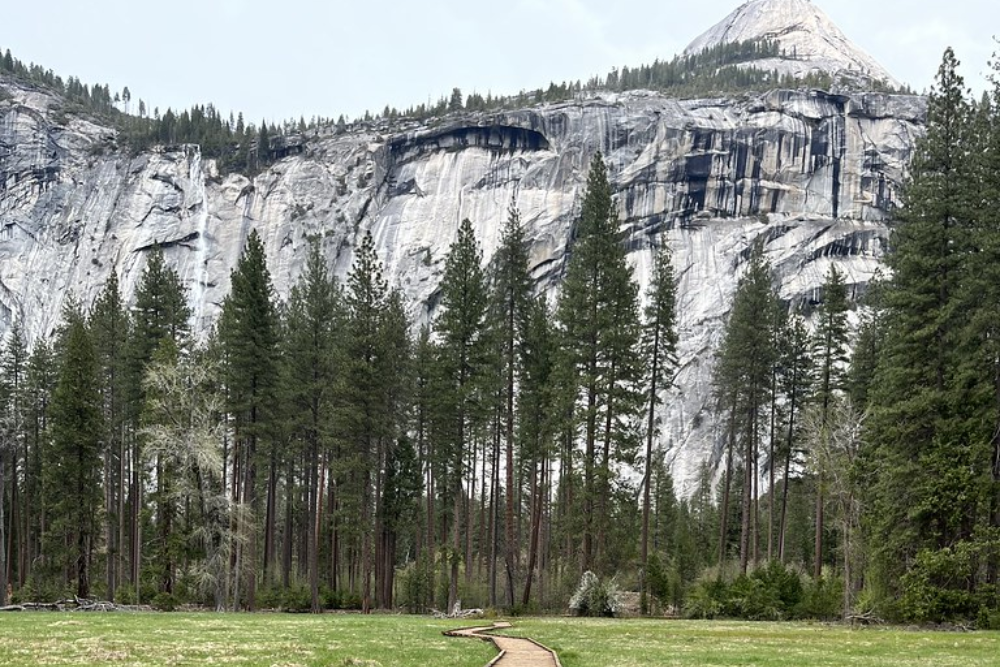
This route up Sentinel Rock writes a perfect story of Yosemite climbing history in a single day. The dark chimney systems and corners challenge climbers with techniques rarely found on modern routes.
The first ascent in 1950 by Allen Steck and John Salathé showed future generations what was possible with determination and vision. Climbing it today feels like stepping back in time while still enjoying one of the most adventurous outings in the valley.
Like Travel Pug’s content? Follow us on MSN.
The Legacy Continues
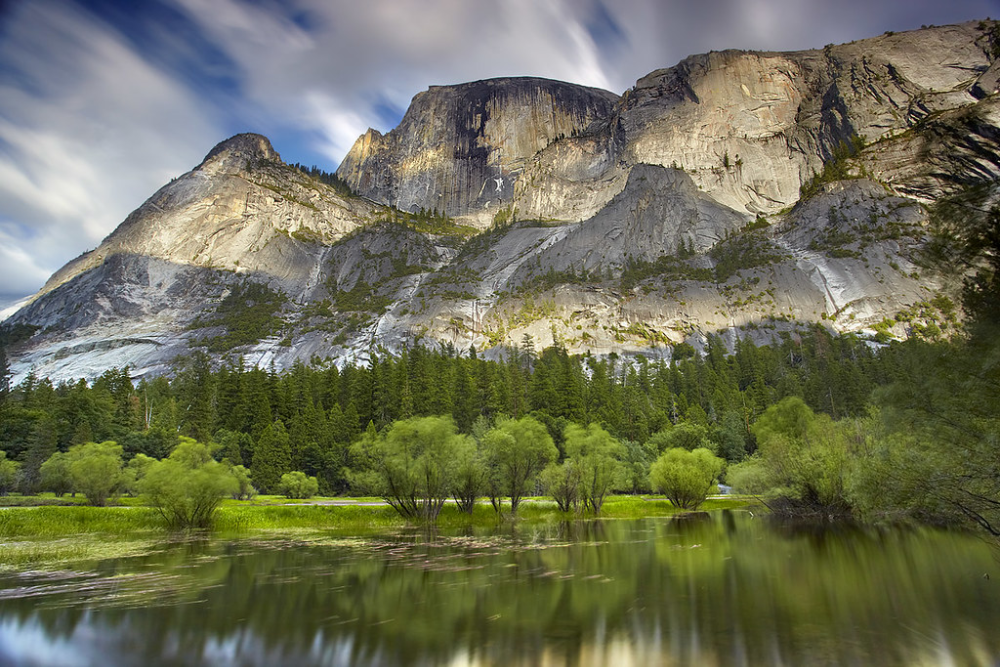
These granite walls that challenged the earliest climbers still test today’s athletes, though in different ways. While modern climbers have better gear and knowledge, the fundamental adventure of moving over Yosemite’s granite remains unchanged.
Each new generation adds its own stories to these historic routes, proving that these ancient walls still have lessons to teach. The ongoing evolution of climbing in Yosemite shows that even after a century of exploration, the possibilities for human achievement here are far from exhausted.
More from Travel Pug

- 20 Towns Built for One Purpose That Were Later Abandoned
- 15 Hidden Spots in Disney World’s Magic Kingdom Most Visitors Miss
- 15 Most Scenic Walks Anywhere in The World
- 15 Canyons in the U.S. That Are Just as Stunning as the Grand Canyon
- 10 Under-the-Radar Mountain Towns That Are Both Affordable and Beautiful
Like Travel Pug’s content? Follow us on MSN.
